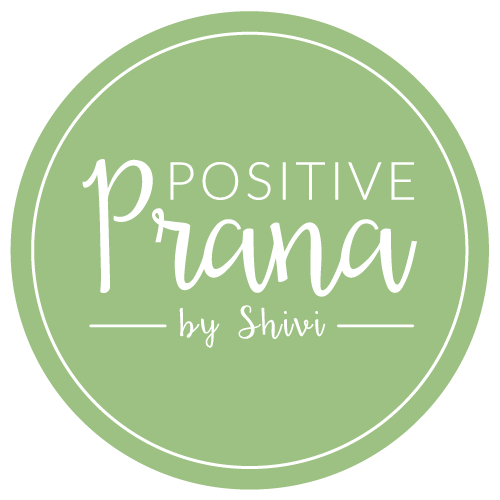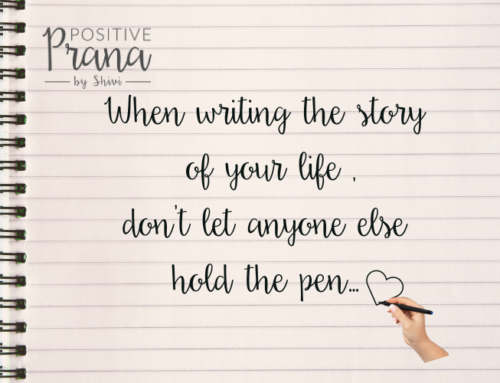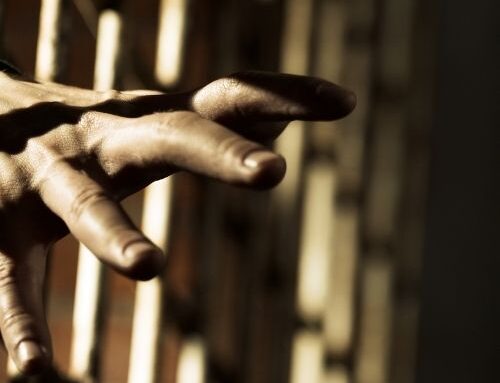Depression affects over 264 million people worldwide. Between 76% and 85% of those experiencing depression do not seek or receive treatment for their disorder (World Health Organization, 2020). It is one of the most common mental illnesses and one of the least understood. Most people when they think of mental illness they think of some scary person hearing voices in their head but that’s not the case at all. You don’t think of your average person, your neighbour, your child or you. “But I can function and I don’t need a psychiatrist” you tell yourself…Let’s look at what causes it and how to cope with it.
So what is Normal Sadness versus Depression
Feeling depressed or extremely sad is something everyone experiences. However, when a depressed mood or unbearable sadness is present for a long time – a couple of weeks or months – then it might meet the criteria for depression.
Key differences: There is a finite end to sadness (usually caused out of some kind of loss)- the feeling is “I can handle this and this too shall pass”. In depression, it feels like it will last forever. You have a persistently low mood that lasts for over 2 weeks or more and you have 5 out of the 9 symptoms such as:
- Low mood or loss of interest or pleasure (anhedonia)
- Weight loss or gain
- Loss of appetite
- Trouble sleeping ( sleeping too much or too little)
- The feeling of worthlessness or excessive guilt
- Low concentration
- Loss of energy
- Psychomotor retardation or agitation ( too much movement like pacing a room up and down/rapid talking or slowing down of physical and emotional reactions )
- Recurrent suicidal thoughts
You don’t want to talk to anyone, you want to isolate yourself. Also, check your level of impairment. You feel incapacitated. You might still get yourself to work but it might feel like you carrying a heavy rucksack on your back.
When people are depressed they feel Pessimistic- the 3 P’s of Pessimism they feel
• Taking things Personally
• Thinking that bad things are Pervasive
• Thinking that it is Permanent
In short: It’s all my fault, things are not going to get better and my whole life sucks.
You feel like there is no light at the end of the tunnel.
You start going into a downward spiral through rumination.
You feel guilty like you need to justify your depression and start beating yourself up.
You feel a sense of worthlessness as you compare your life with others ( especially on social media which causes bigger problems)
How to Spot the Signs of Depression?
Here are some tell-tale signs –
When you see yourself or someone who was high functional not being able to function, more irritable, more short-tempered, avoiding people, struggling to get out of bed, not able to sleep well or sleep all the time, not able to deliver in personal or work life, not grooming and taking care of their hygiene.
Read our blog on how to Normalise depression and get the treatment plan that’s right for you. In the meantime below are some resources that you can use :
Please NOTE: This article provides a starting point to understand depressive symptoms but the resources provided in this article are not a substitute for treatment from a medical professional. If you are suffering from depression or know someone who is, we recommend you seek help.
You can reach out and get help here:
Open Counselling’s list of International Suicide and Emergency Hotlines
https://www.This article provides a starting point to understand depressive symptoms but please note: resources provided in this article are not a substitute for treatment from a medical professional. If you are suffering from depression or know someone who is, we recommend you seek help. Guidance is provided at the end of this article..com/suicide-hotlines
Resources are listed by country, and you can click on the ‘more hotlines’ and ‘in-person counselling’ tabs to get further help.
List of suicide prevention lines:
https://en.wikipedia.org/wiki/List_of_suicide_crisis_lines










Class aptent taciti sociosqu ad litora torquent per connubial rostra.
Quisque ligulas ipsum, euismod atras vulputate iltricies etri elit.